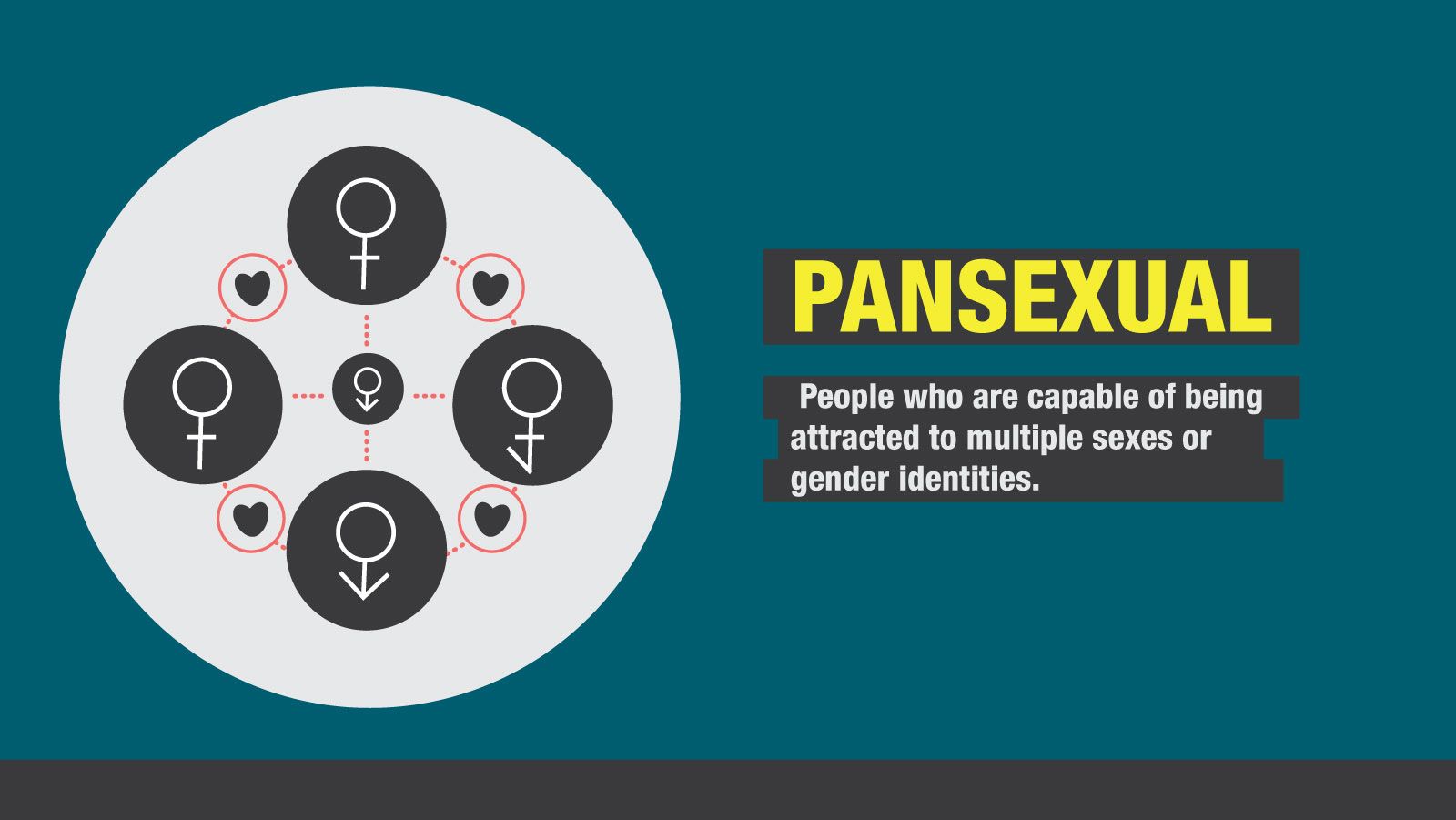In recent years, the term “pansexual” has gained more recognition as part of the ongoing conversation about sexual identity and orientation. Yet, for many, the concept of pansexuality may still feel somewhat unfamiliar. In this article, we’ll explore what being pansexual means, how it differs from other sexual orientations, and the importance of understanding this identity in today’s world.
What is Pansexuality?
Pansexuality refers to a sexual orientation where an individual is attracted to people regardless of their gender. This means that a pansexual person can experience attraction to someone based on emotional, physical, or romantic connections, without being influenced by the other person’s gender identity. In short, pansexuality is not limited to male, female, or non-binary genders but encompasses the entire spectrum of gender identities.
The key difference between pansexuality and other sexual orientations like bisexuality is that while bisexual individuals are typically attracted to two genders (male and female), pansexual people experience attraction to all genders. This makes pansexuality more inclusive, reflecting a broader understanding of gender beyond the binary.
Understanding Pansexuality: Attraction Beyond Gender
The essence of pansexuality lies in the idea that sexual or romantic attraction can transcend gender altogether. This is in stark contrast to heterosexuality (attraction to the opposite gender) or homosexuality (attraction to the same gender), which are based on gendered categories.
A pansexual person is capable of falling in love or being attracted to individuals who identify as:
Male
Female
Non-binary
Gender-fluid
Agender
Genderqueer, and more
This inclusive view of attraction means that gender identity doesn’t dictate or limit who a pansexual person may feel a connection with.
Pansexuality vs. Bisexuality: What’s the Difference?
One common question that arises when discussing pansexuality is how it differs from bisexuality. Both orientations involve attraction to more than one gender, but the main distinction lies in how people define the scope of attraction:
Bisexuality typically refers to attraction to two genders: male and female. Some people who identify as bisexual may feel attraction to people who are male or female, but they may not feel the same level of attraction to individuals outside of the gender binary.
Pansexuality, on the other hand, is defined by the potential for attraction to people across all genders, including those who identify as non-binary or gender-nonconforming. Pansexuality emphasizes that gender does not play a role in the attraction a person may feel.
While both terms describe attraction to more than one gender, pansexuality extends to a broader, more inclusive spectrum of gender identities.
Common Misconceptions About Pansexuality
Unfortunately, like many sexual orientations, pansexuality can be misunderstood. Here are some common misconceptions and the truths that clear them up:
“Pansexuality is just a phase.”
Pansexuality, like any sexual orientation, is a valid and authentic identity. It is not something that is “just a phase.” People who identify as pansexual have a consistent attraction to all genders, and this can be a lifelong orientation.“Pansexual people are attracted to everyone.”
While pansexuality means being open to attraction across all genders, it does not mean that a pansexual person is attracted to every individual they meet. Attraction, whether physical, romantic, or emotional, is still subjective and based on individual connections.“Pansexuality is the same as being bisexual.”
While pansexuality and bisexuality both involve attraction to more than one gender, pansexuality specifically emphasizes the attraction to people regardless of gender, whereas bisexuality tends to focus on attraction to two genders (male and female). The distinction is subtle but important to many who identify as pansexual.“Pansexuality is only about sex.”
Pansexuality, like any sexual orientation, can be about both romantic and emotional attraction. Not all pansexual people are interested in sex, and for many, pansexuality encompasses the ability to form deep emotional and romantic bonds without being influenced by gender.
The Importance of Recognizing Pansexuality
Understanding and recognizing pansexuality as a legitimate sexual orientation is crucial for promoting inclusivity and acceptance. Many people who identify as pansexual face discrimination or invalidation due to societal biases about gender and sexuality. This can lead to feelings of isolation or confusion for those who don’t feel like their identity fits neatly into more traditional labels like “gay” or “straight.”
By fostering a more open-minded and inclusive perspective about sexual orientation, we can help reduce stigma and create a safer environment for people to express their authentic selves. Recognition of pansexuality also encourages more comprehensive discussions about gender, attraction, and the complexities of human sexuality.
Conclusion: Pansexuality as Part of the Spectrum of Human Identity
In conclusion, pansexuality is a sexual orientation that transcends traditional boundaries related to gender. It recognizes the fluidity of attraction and emphasizes emotional and physical connections without regard to gender identity. While it shares some similarities with bisexuality, pansexuality is unique in its inclusivity of all gender identities, offering a more expansive view of human attraction.
If you identify as pansexual, it is essential to feel confident and validated in your identity. If you’re learning about pansexuality for the first time, approach it with curiosity and respect. As our understanding of gender and sexuality continues to evolve, embracing diverse identities like pansexuality helps foster a more accepting and understanding society for all.


















